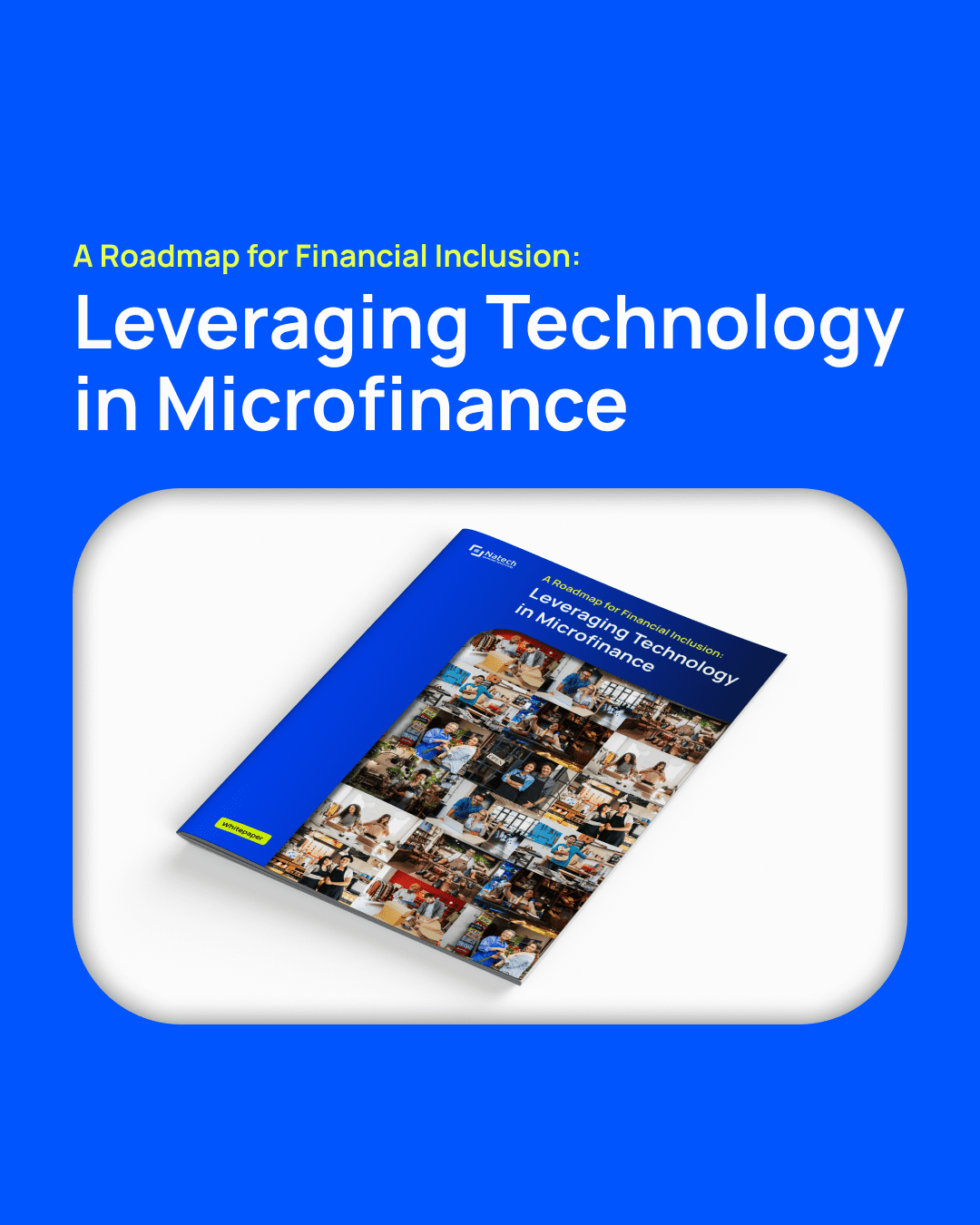Microfinance in Europe: Breaking Barriers with Digital Innovation

Microfinance plays an essential role in Europe by extending financial services to individuals and small businesses traditionally excluded from the banking sector. While the industry has evolved significantly, gaps remain, particularly in Southern and Eastern Europe, where financial exclusion and digital divides persist. Today, technology is central to addressing these disparities, offering scalable solutions that enhance access, efficiency, and financial independence.
This article dives into Europe’s microfinance landscape, exploring key challenges and how technology is unlocking more inclusive financial services.
A View of the European Microfinance Landscape
Unlike in other regions, European microfinance focuses on small business development, social integration, and economic independence.
According to the Microfinance in Europe: Survey Report (2023) by the European Microfinance Network (EMN), women represent 42% of clients, while rural populations account for 40%, served by 64% of MFIs—highlighting the sector’s role in gender equality and rural economic growth.
Yet, financial exclusion remains a challenge in countries like:
• Romania: 31% of the population is unbanked; and 28% have basic digital skills.
• Bulgaria: 16% lack access to financial services, with digital literacy at 31%.
• Greece: 13.5% face social and financial deprivation, exacerbated by limited digital skills.
These figures highlight the need for strong financial and digital literacy programs. Organizations like the European Investment Fund (EIF) has been pivotal in supporting MFIs, especially during economic crises.
The Roadblocks: What’s Holding European Microfinance Back?
While microfinance has expanded across Europe, several challenges continue to limit its full potential:
• Regulatory complexity: MFIs must navigate stringent data protection regulations like GDPR, which often impose high compliance costs, particularly on smaller institutions.
• Digital literacy barriers: Many microfinance clients—especially older individuals, rural residents, and migrant populations—face difficulties accessing digital financial services due to limited digital skills.
• Technological gaps: Approximately 47% of MFIs report needing technical assistance to address technological disparities, with the highest demand coming from Southern Europe and the Balkans.
• High operational costs: Serving underserved areas can be costly, with factors such as digital skill shortages, high IT hiring costs, and client resistance to digital services driving expenses.
• Non-traditional credit scoring: Refugees and low-income workers often lack formal credit histories, making it hard for MFIs to gauge their financial reliability through conventional methods.
These challenges point to a clear solution: embracing technology to scale efficiently, cut costs, and improve access.
How Technology and Digital Innovation Are Expanding Financial Inclusion
Technology is reshaping microfinance in Europe, providing solutions to longstanding barriers and enabling MFIs to deliver more efficient, inclusive financial services.
Mobile banking and digital access
Mobile banking has become a key driver of financial inclusion, offering remote, easy access to financial services. By 2021, 70% of European adults engaged in digital banking, with mobile transactions becoming the norm.
For example, ProCredit Bank in Bulgaria supports small businesses in rural areas through a comprehensive digital platform. Backed by the European Investment Bank (EIB) and EIF, ProCredit enables entrepreneurs in remote areas to manage their banking needs without visiting physical branches.
Digital payment innovations
In Eastern Europe, platforms like Paysera (Lithuania) and Wise (UK) are transforming cross-border transactions for small businesses and individuals by reducing fees and minimizing exchange rate markups. These cost-effective, accessible solutions are especially beneficial for migrant workers sending remittances, offering faster, cheaper alternatives to traditional bank transfers.
AI-driven credit scoring
Artificial intelligence enhances credit scoring by analysing non-traditional data sources—such as mobile usage patterns and transaction behaviour—to assess creditworthiness.
For example, CaixaBank’s MicroBank in Spain uses AI-driven credit assessments to extend credit to refugees and low-income workers. By incorporating alternative data, the bank promotes more inclusive lending while maintaining GDPR compliance.
Digital identity for financial access
Digital identity solutions enable individuals without traditional identification to access financial services. Platforms like the European Digital Identity Wallet, part of the eIDAS 2.0 framework, facilitates secure, cross-border identification, helping refugees and migrants access essential financial services.
Cloud computing for compliance and growth
European MFIs are adopting cloud technology for scalability, security, and cost-efficiency, driven by stringent data privacy regulations like GDPR and frameworks such as the EU Cloud Code of Conduct. These solutions ensure secure data storage and align with evolving regulations like eIDAS 2.0, which enhances digital identity verification and trust in financial transactions.
For instance, Advans Europe leverages cloud infrastructure to streamline loan processing, enhance customer management, and reduce costs. This enables efficient scaling across countries while ensuring compliance with EU data standards, keeping services accessible to small businesses and underserved populations.
Taking Action: Leveraging Technology to Bridge the Financial Gap
Technology is key to overcoming the challenges in European microfinance. By adopting innovative solutions like mobile banking, AI-driven credit scoring, and cloud-based platforms, MFIs can boost operational efficiency, expand their reach, and drive financial inclusion for underserved communities.
Want to learn more? Read our latest whitepaper, “A Roadmap for Financial Inclusion: Leveraging Technology in Microfinance.”
Ready to advance your digital transformation? Accelerate financial inclusion and growth with Natech’s comprehensive, scalable, and cost-effective digital solutions for microfinance.












